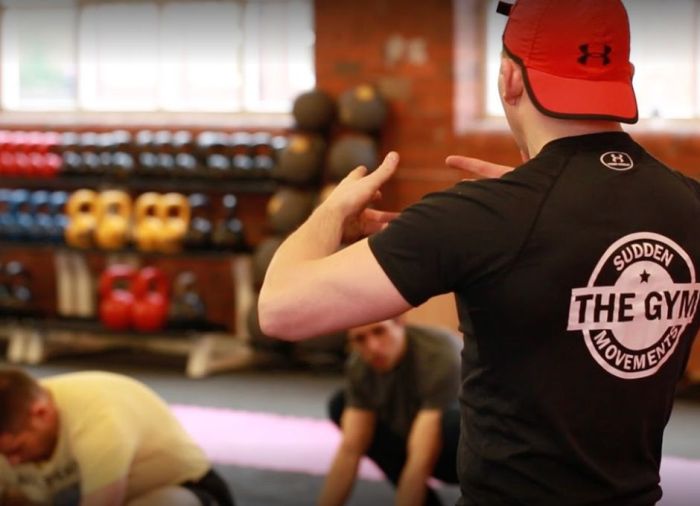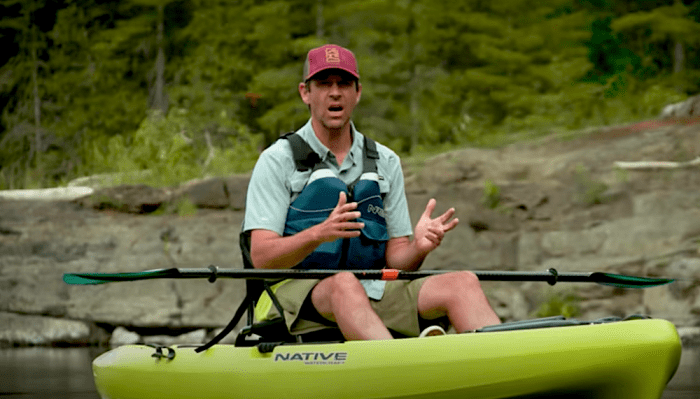Understanding what should paddlers do to protect against capsizing their canoe is crucial for a safe and enjoyable paddling experience. This comprehensive guide delves into essential safety precautions, paddling techniques, environmental awareness, emergency preparedness, and additional safety measures to equip paddlers with the knowledge and skills to navigate waterways confidently.
By adhering to these guidelines, paddlers can minimize the risk of capsizing, ensuring a safe and memorable paddling adventure.
Essential Safety Precautions

Taking appropriate safety precautions is crucial to prevent capsizing a canoe. One essential measure is wearing a life jacket, which provides buoyancy and helps keep paddlers afloat in the event of a capsize.
Proper Canoe Loading and Weight Distribution
- Distribute weight evenly throughout the canoe, ensuring it remains balanced and stable.
- Place heavier items in the center of the canoe, closer to the paddlers’ feet.
- Avoid overloading the canoe, as excessive weight can compromise stability.
Paddling Techniques to Prevent Capsizing

Proper paddling techniques are vital for maintaining balance and preventing capsizing. Paddlers should:
Proper Paddling Technique for Different Water Conditions
- In calm waters, use a relaxed, sweeping motion with a wide arc.
- In choppy waters, use shorter, more powerful strokes with a narrower arc.
Maintaining Balance While Paddling, What should paddlers do to protect against capsizing their canoe
Paddlers should maintain a low center of gravity and avoid sudden movements that could upset the canoe’s balance.
Maneuvering the Canoe Effectively
Paddlers should learn basic maneuvering techniques, such as forward paddling, reverse paddling, and turning, to navigate safely in different water conditions.
Environmental Awareness and Hazard Identification
Being aware of potential hazards in the paddling environment is crucial for safety. Paddlers should:
Identifying Potential Hazards
- Be aware of currents, which can push the canoe off course or cause it to capsize.
- Identify wind conditions, as strong winds can create waves and make paddling difficult.
- Look out for obstacles such as rocks, logs, and other boats that could cause a collision.
Navigating Safely in Different Water Conditions
Paddlers should adjust their paddling techniques and navigation strategies based on the water conditions they encounter.
Staying Aware of Weather Forecasts
Before paddling, check weather forecasts and be prepared for changing conditions that could impact safety.
Emergency Preparedness and Rescue Techniques

Being prepared for emergencies is essential for canoe safety. Paddlers should:
Self-Rescue if the Canoe Capsizes
- Stay calm and avoid panic.
- Swim to the overturned canoe and grab hold of the gunwales.
- Roll the canoe back over and climb in.
Assisting Others in a Capsizing Situation
If someone else capsizes, paddlers should approach calmly and offer assistance.
Essential Emergency Gear to Carry
- Whistle or air horn for signaling
- First-aid kit
- Extra paddles
Additional Safety Measures
In addition to the essential safety measures, paddlers should also:
Staying Hydrated
Drink plenty of water to avoid dehydration, which can impair judgment and increase the risk of capsizing.
Protecting Against Sun Exposure
Wear sunscreen, a hat, and sunglasses to protect against sunburn and heatstroke.
Canoe Maintenance and Inspection
Regularly inspect the canoe for damage or leaks and make necessary repairs before paddling.
Answers to Common Questions: What Should Paddlers Do To Protect Against Capsizing Their Canoe
What is the most important safety precaution for paddlers?
Wearing a properly fitted life jacket is the most critical safety precaution for paddlers.
How can paddlers maintain balance while paddling?
Maintaining a low center of gravity, distributing weight evenly, and using proper paddling strokes help paddlers stay balanced.
What should paddlers do if their canoe capsizes?
If a canoe capsizes, paddlers should remain calm, swim to the surface, and use the canoe as a flotation device until help arrives.